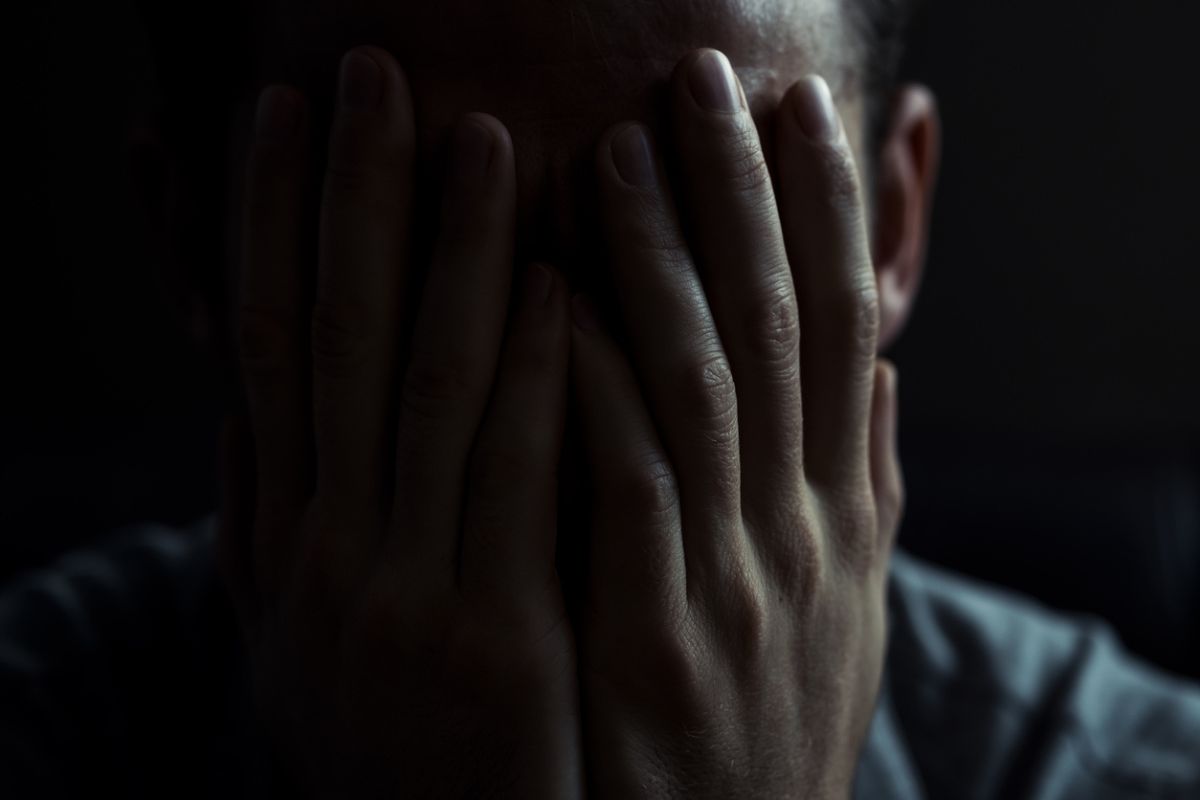January 2025 was a devastating month for California. More than a dozen wildfires tore through the drought-addled state, egged on by especially fierce Santa Ana winds. The state is still reeling from:
- Wildfires that tore consumed more than 57,000 acres.
- Killed at least 30 Californians.
- Forced roughly 200,000 evacuations.
- And leveled more than 18,000 buildings.
Officials at JP Morgan figure the insurance losses will exceed $20 billion, easily making it the most expensive wildfire disaster in U.S. history.
As policymakers argue over what went wrong, researchers are still sifting through the (literal and figurative) rubble.
One new paper focuses on what the wildfires might have done to the mental health of its survivors. The data suggests a strong link between exposure to wildfire-specific fine particulate matter and an uptick in emergency department (ED) visits for mental health conditions.
Obviously, the paper’s claims add to growing concern over the knock-on effects of wildfire seasons that have gotten longer – and more intense. And while it’s too soon to assess the aftermath of this most recent spat of wildfires, the research implies that it won’t be good.
Methodology
The team – composed of Harvard and Stanford researchers – pored over data from more than 86,600 mental health–related ED visits between July and December 2020 from across the state. The researchers found that short-term exposure to PM2.5 — tiny air particles measuring at least 2.5 microns that crop up during wildfires — boosted rates of mental health emergencies. Most of the emergencies stem from cases of anxiety, depression, and a host of other mood disorders.
The paper describes results that reveal that every 10 micrograms per cubic meter increase in wildfire-specific PM2.5 over a 7-day period corresponded with an 8% jump in overall mental health–related ED visits:
- Depression-related visits shot up 15%.
- Other mood-affective disorders jumped a startling 29%.
- And anxiety-related visits rose 6% within the first four days of exposure.
“Wildfire smoke isn’t just a respiratory issue — it affects mental health, too,” corresponding author and Harvard professor Kari Nadeau said in a press release. “Our study suggests that — in addition to the trauma a wildfire can induce — smoke itself may play a direct role in worsening mental health conditions like depression, anxiety, and mood disorders.”
Who’s Most at Risk?
The study also revealed that some demographic groups suffer disproportionately from the smoke. Women, children, and individuals from racial and ethnic minority backgrounds — especially those in the Black and Hispanic communities — saw greater bumps in mental health–related ED visits during (and immediately after) wildfire events.
In one example, the study’s authors point to younger residents, who went to the ED for mood disorders much more frequently than other demographic groups – visits jumped 46% following PM2.5 exposure.
Similarly, Hispanics were 30% more likely to seek emergency care for depression, while non-Hispanic Black individuals faced more than double the risk for other mood-affective disorders.
The drivers of these disparities, the authors suggest, could be linked to both biological and social factors. Earlier studies have shown that kids are more vulnerable because of their developing brains, while gender-based biological responses and systemic healthcare disparities could certainly also play a part in the elevated risk that shadows women and minority groups.
“The disparities in impact by race, sex, age, and insurance status suggest that existing health inequities may be worsened by wildfire smoke exposure,” lead author YounSoo Jung, research associate in Harvard’s Department of Environmental Health, added. “We need to make sure everyone has access to mental health care during wildfire seasons, particularly the most vulnerable groups and particularly as wildfires become more frequent and severe as a result of climate change.”
Smoke, Not Just Stress
Unlike past research that centered on trauma-related mental health effects resulting from evacuations or property loss, this project stuck to a focus on the impact of air pollution alone. Even in areas that avoided the evacuation orders, researchers noticed consistent spikes in mental health ED visits in the wake of smoke exposure.
Their findings bolster a growing body of evidence that fine particulate matter, especially from wildfire smoke, can migrate into the brain and trigger inflammation, oxidative stress, and other disruptions in brain chemistry that fuel mental disorders. Wildfire PM2.5 might be more dangerous than even California’s typical air pollution because of its unique chemical composition.
Further Reading
New Research Links Dirty Air from Wildfires to Higher Dementia Risk
Research Reveals Mental Health Effects of Community Disasters, Highlighting PTSD



